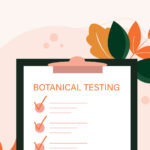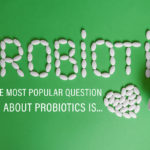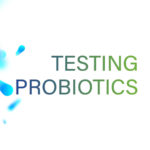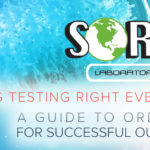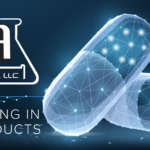Botanical ingredients are a popular component of many nutritional supplement products. Since they are harvested at various times of the year from different regions of the world, the exact vitamin, mineral and nutritional potencies may vary from batch to batch. These factors contribute to the complex nature of these products and the difficulties involved in setting specifications for testing. Not commonly known, is that once several botanicals are blended together, the identity of individual botanicals is no longer possible—think of scrambled eggs. For these blends, active ingredient chemical marker testing is effective. And, if the botanical has a chemical marker, that marker could potentially be used to quantify or even just ensure it is actually an ingredient in the blend.
When testing botanical-containing products, using validated reference standards and “scientifically valid methods” is important to ensure accurate results. Recent news coverage and discussion in the scientific community have raised questions on how to prove the identity of botanical material and which method to use. While there are many methods including microscopic, wet chemistry, thin-layer chromatography, HPLC identification techniques, FTIR/NIR, DNA barcoding and many others, each botanical will have unique testing and even a combination of testing methods to prove its identity. Since no single method can ID every botanical, DNA Barcoding, FTIR and other technologies should be viewed as just tools in a lab’s tool box, not an all-inclusive solution. They are useful and excellent resources, but may not be the single or best way to identify botanical material.
Since botanicals are grown outside in the soil, they actually absorb moisture and nutrients from the soil and some of what is absorbed may be harmful. The presence of heavy metals (heavy metal testing) continues to make news and regulations, such as proposition 65, continue to evolve. Testing for Prop 65 levels is more than just determining the parts per million (ppm) residual amounts of heavy metals found in a product. Instead, Prop 65 takes exposure levels or the daily dose being taken, into account when setting limits. Once these levels have been determined in the product, a calculation should be done to measure the full daily amount that will be taken. This final calculation is the total amount that is reviewed for the CA Prop 65 limits.
Another little-known test is PPSL irradiation screening. (PPSL testing) Irradiation uses ionizing radiation to treat food ingredients for several reasons such as lowering microbial counts or destroying harmful microorganisms the botanicals have been exposed to in the environment. “The FDA has evaluated the safety of irradiated food for more than 30 years and has found the process to be safe. The World Health Organization (WHO), the Centers for Disease Control and Prevention (CDC) and the U.S. Department of Agriculture (USDA) have also endorsed the safety of irradiated food.”1 Even though the irradiation process is generally considered safe, there are certain labeling laws that must be followed. If an ingredient has been irradiated, a specific seal (see below) must be included on the product’s packaging. SORA Labs has identified irradiation among a variety of popular botanical ingredients including: Barberry Root Bark, Barley Juice, Broccoli Powder, Cordyceps Ext., Cumin, Eyebright Powder Ext., Garlic, Gotu Kola Powder and Marshmallow Root Powder. Although these represent some common occurrences, screening for all botanicals is recommended to ensure they are free from irradiation and are not mislabeled according to FDA regulations.
Other testing methods for botanicals include microbiology (rapid micro testing), pesticide residue (pesticide screen), residual solvent residue (residual solvents testing) and more. With so many factors to consider when testing botanicals, it is imperative to choose a testing lab that can help you navigate the complexities with ease. Contact us today for a quote on your ingredient testing!

References-


